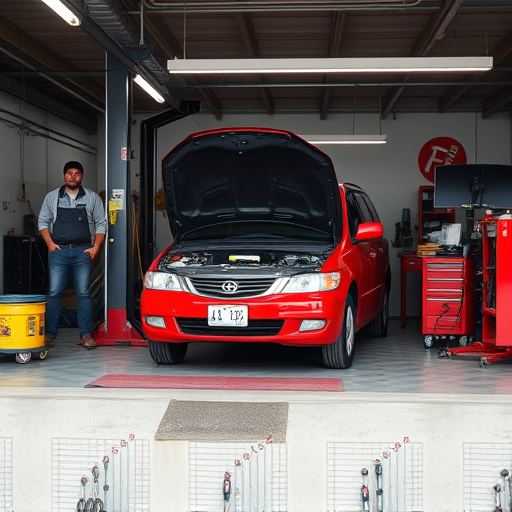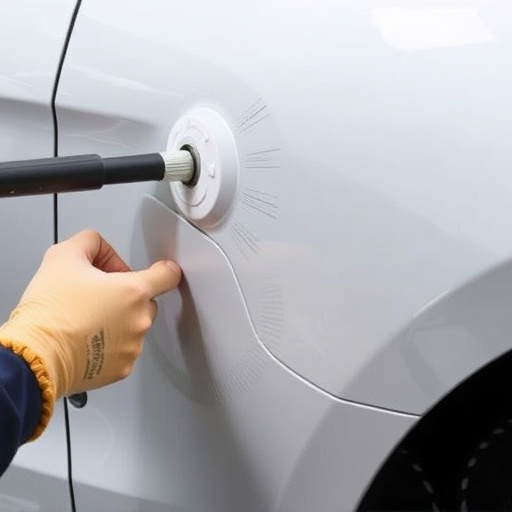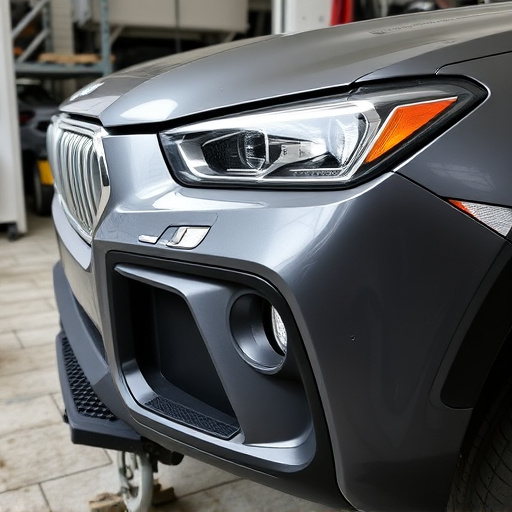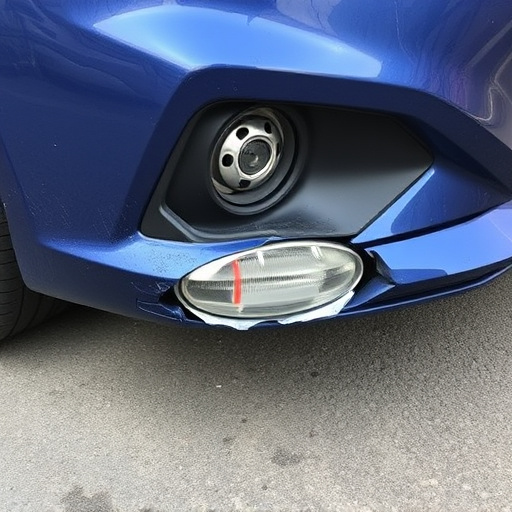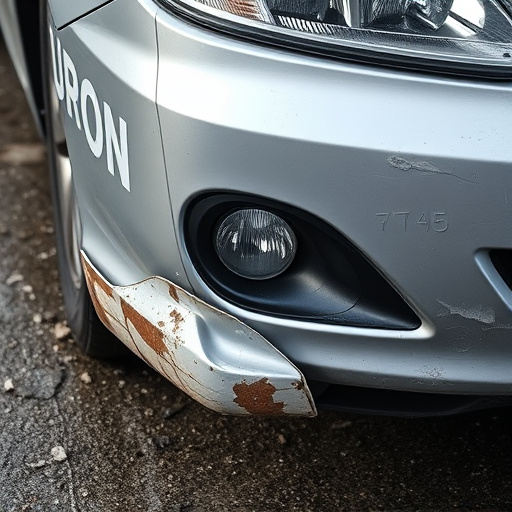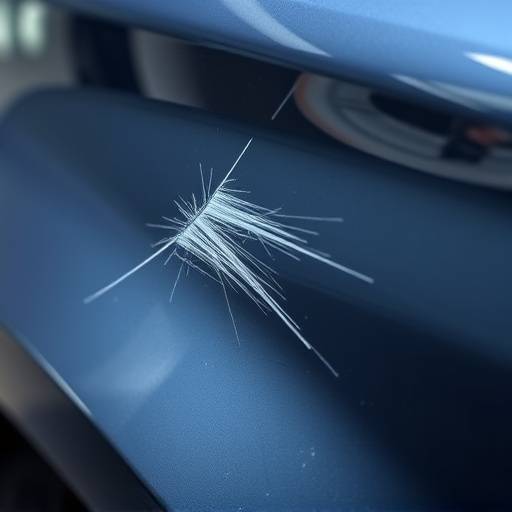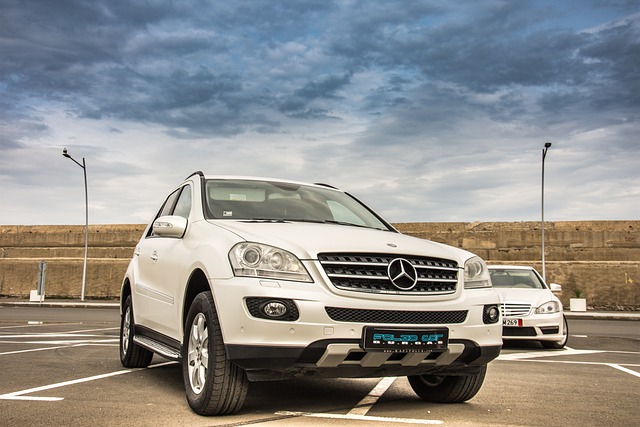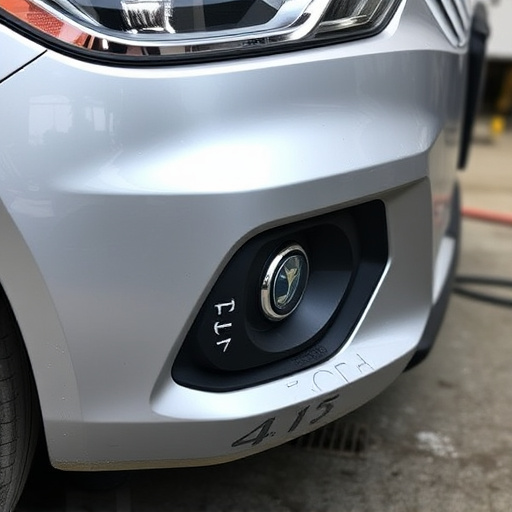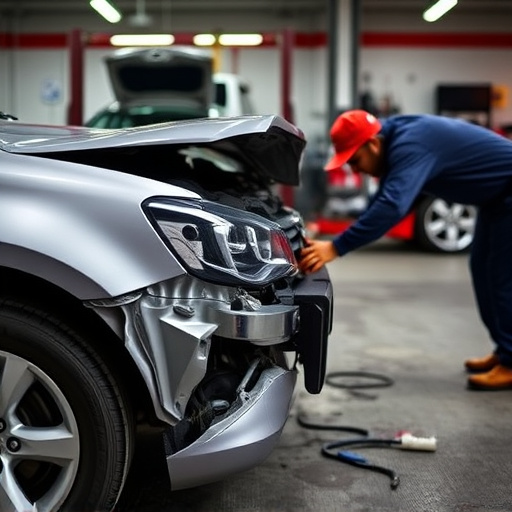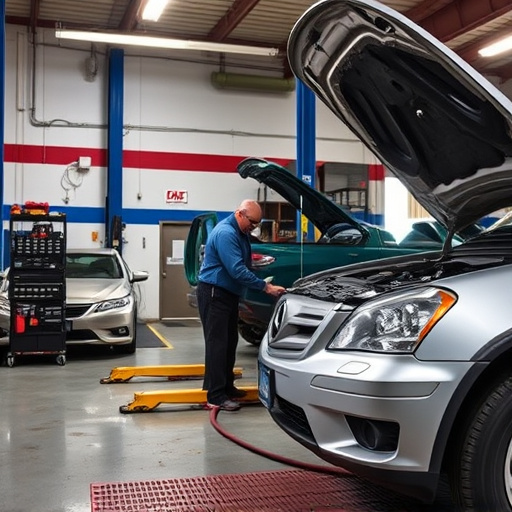Advanced Driver Assistance Systems (ADAS) require specialized recalibration glass after repairs or modifications to ensure sensor accuracy and safety features like adaptive cruise control, lane-keeping assist, and automatic emergency braking function correctly. Neglecting this step can impact insurance claims and rates. Reputable repair shops incorporate ADAS recalibration as a standard post-repair procedure for safe and reliable vehicles.
“The advent of Advanced Driver Assistance Systems (ADAS) has significantly impacted vehicle safety and insurance claims. Understanding ADAS Recalibration Glass, a critical component in maintaining these systems’ accuracy, is essential for both insurers and policyholders. This article explores the role of ADAS recalibration glass in reducing false claims, minimizing repair costs, and streamlining the insurance process. By delving into its impact on car insurance premiums, we uncover how technology is revolutionizing claim management, ensuring a fairer and more efficient system.”
- Understanding ADAS Recalibration Glass and Its Impact on Insurance Claims
- How Does ADAS Recalibration Glass Affect Car Insurance Premiums?
- The Role of Technology in Streamlining Insurance Claims Process with ADAS Glass Calibration
Understanding ADAS Recalibration Glass and Its Impact on Insurance Claims
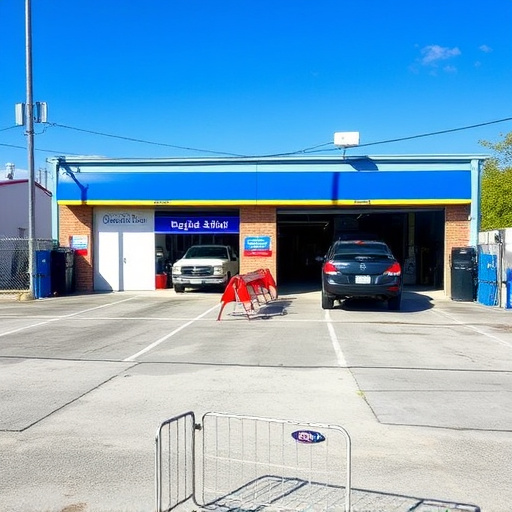
ADAS recalibration glass is a specialized type of automotive glass designed to meet the specific needs of Advanced Driver Assistance Systems (ADAS). These systems, found in modern vehicles, rely on accurate sensor data to provide features like adaptive cruise control, lane-keeping assist, and automatic emergency braking. Over time, sensors can become misaligned or contaminated, leading to less reliable data and potential safety risks. Here’s where ADAS recalibration glass plays a crucial role.
When a vehicle undergoes an auto dent repair or collision repair services, the impact can disrupt the precise positioning of these sensors. Paintless dent repair techniques, while minimizing physical damage, might not always address sensor misalignments. Thus, after such incidents, it’s essential to perform ADAS recalibration using specialized glass to ensure the systems function optimally. This process involves realigning and calibrating sensors, preventing potential insurance claims related to system malfunctions or safety concerns.
How Does ADAS Recalibration Glass Affect Car Insurance Premiums?
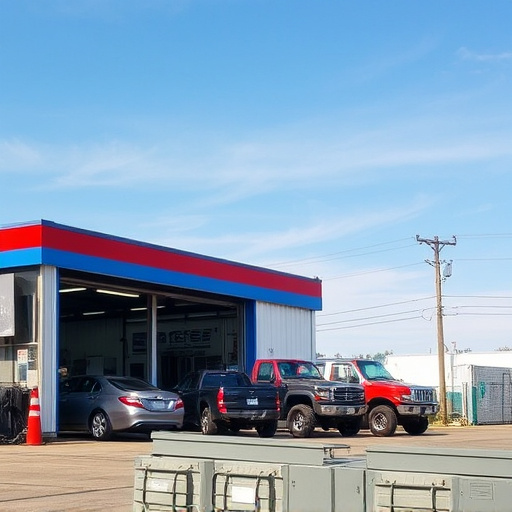
The integration of Advanced Driver Assistance Systems (ADAS) in modern vehicles has significantly impacted the automotive industry and insurance claims processes. One crucial aspect often overlooked is the role of ADAS recalibration glass, especially when it comes to insurance premiums. This specialized glass plays a vital part in ensuring that ADAS sensors function accurately after any vehicle repairs or modifications, including car paint repair and replacement.
When an automobile undergoes substantial damage, requiring services from an automotive body shop, the delicate calibration of ADAS systems might be affected. Recalibration is essential to maintain the effectiveness of safety features like adaptive cruise control, lane-keeping assist, and automatic emergency braking. Insurance companies are increasingly recognizing the importance of this process in reducing the risk of future accidents and determining fair insurance rates. As a result, vehicles with properly recalibrated ADAS systems may experience more favorable car insurance premium outcomes compared to those where this critical step is overlooked or skipped.
The Role of Technology in Streamlining Insurance Claims Process with ADAS Glass Calibration
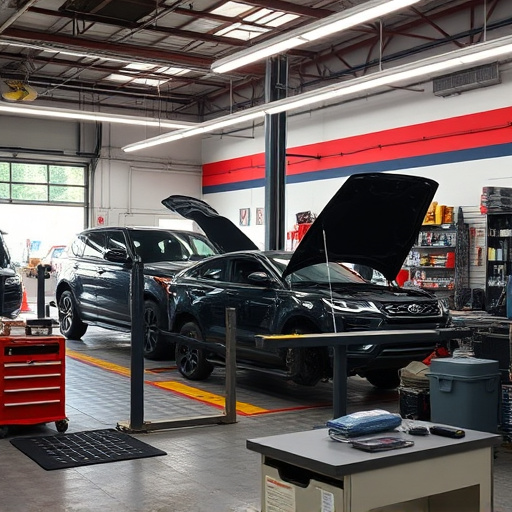
The advent of Advanced Driver Assistance Systems (ADAS) has significantly transformed the automotive industry and, consequently, the insurance claims process. ADAS recalibration glass plays a pivotal role in this digital evolution by ensuring that vehicle sensors and cameras function optimally. This technology is crucial for accurately determining liability in cases of accidents involving ADAS-equipped vehicles, streamlining the entire claims handling mechanism.
By facilitating precise calibration, ADAS glass ensures that advanced safety features like collision avoidance systems, lane departure warnings, and adaptive cruise control operate effectively. When a car sustains damage, especially in incidents where the front or rear sensors are affected, proper recalibration becomes essential. Reputable automotive body shops offering car paint services and comprehensive car damage repair often incorporate ADAS recalibration as part of their post-repair procedures, ensuring that vehicles return to the road with reliable safety systems.
ADAS recalibration glass is transforming the insurance landscape by providing a more accurate and efficient claims process. By enabling precise calibration of advanced driver-assistance systems (ADAS), this technology reduces errors and ambiguities that often arise in traditional claim assessments. As a result, insurance companies can streamline their processes, reduce costs, and offer fairer rates to policyholders. Embracing ADAS recalibration glass is not just a step towards technological advancement; it’s a necessity for a more robust and responsive insurance industry.
